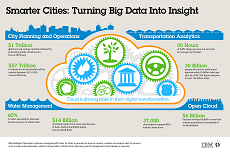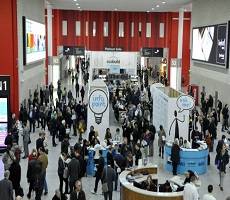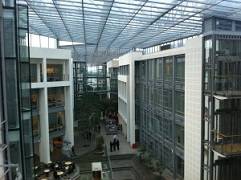October 16, 2013
Workplace Week announces details of visits to London Government buildings
For the first time, Workplace Week includes visits to two Government offices, the Department for Education at Sanctuary Buildings in Great Smith Street (pictured) and the Department for International Development on Whitehall. The DfE is just a stone’s throw from the Houses of Parliament and boasts outstanding views of several major landmarks. The building is home to some 2,000 staff who work in a flexible environment with 7 desks for 10 people. The Department for International Development moved to its new London HQ, the oldest purpose-built office in London, at the beginning of the year. The DfID has created a modern, flexible environment which encourages collaborative working, whilst being sympathetic to the historic nature of the building.























October 10, 2013
Why the serviced office sector needs to put more effort into its customer service
by David Saul • Comment, Facilities management, Flexible working
Serviced offices at Cheapside
It’s National Customer Service Week, a week-long initiative set up to inspire businesses to take a step back, look at their customer relations and promote excellence in customer service amongst their teams. Across every business in every sector, excellent customer service is key to gaining and retaining custom, and this is particularly the case when it comes to the serviced office industry. Average customer retention rates are just eight months in the officing sector, so addressing this through improved customer service can have a huge impact on the bottom line. I believe the serviced office industry can do more. There is a danger that low retention rates cause companies to place a greater emphasis on winning new businesses, with existing clients’ needs coming second place. (more…)